Finally, we're coming out of the winter gloom - the days are getting longer, the sun is shining (most of the time!), plants and trees are flowering, and there's a whole new crop of delicious, nutritious seasonal fruit and vegetables in the Prep Kitchen meal plan menu.
When you have a busy lifestyle, it can be difficult to find time to peel, chop, and cook your daily veggies, especially when you want to get outside and make the most of the warmer weather. Don't worry, we make it easy for you! All of our main meals contain at least two of your 'five-a-day' vegetable portions, because life's too short to chop veg - let us take the strain, while you make the gains!
Meet just some of the superfood vegetables which will feature in our spring and summer menu options, and find out more about their individual superpowers.
Carrots
The humble carrot is a very common family staple so its many attributes are often overlooked, but carrots are so versatile - you can eat them raw, roasted, steamed, boiled, stir-fried, or even barbecued! They're also a great low-carb option to replace potatoes and are so packed with nutrients, they have been given superfood status. One of their primary nutritional superpowers is as a brilliant source of beta carotene. Beta carotene is converted to vitamin A in the body, which is an important nutrient for brain function, immune support, growth of hair and nails, and eye health(1). 100g can provide over 90% of your daily vitamin A(2) vitamin K1, immune-boosting antioxidant vitamin C(3), B vitamins, fibre, heart-healthy potassium which supports blood pressure and cardiovascular health(4,5), and anti-inflammatory, immune-boosting antioxidants(6). Although they make a delicious, healthy raw snack, the nutritional value of carrots actually increases when they're cooked, the antioxidants they contain become more bio-available.(7)
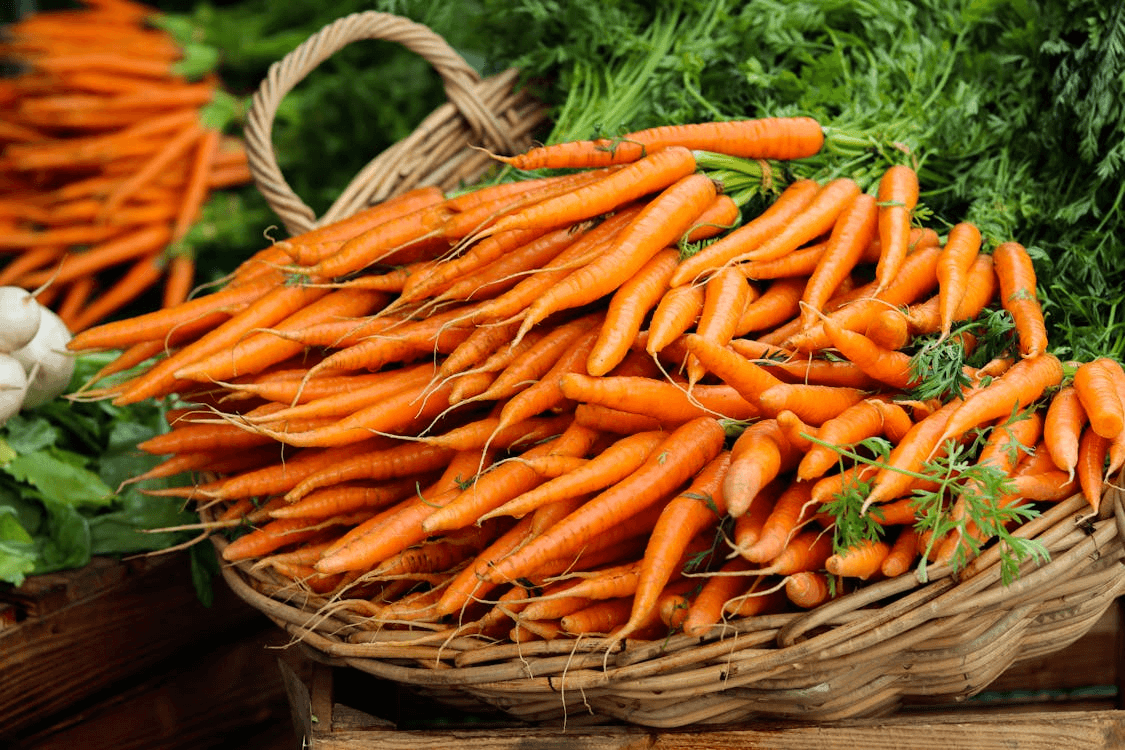
Tomatoes
The rich tang of tomatoes always feels like the quintessential taste of summer - whether they're eaten raw, giving a boost of flavour to your salad,; cooked in Mediterranean-style dishes that remind you of sun-drenched beaches, or enlivened with spices in Mexican cuisine. Although we use them in savoury dishes, tomatoes are actually a fruit. They're as packed full of nutrients as they are flavour, with about 30% of your daily immune-boosting(3) vitamin C in a medium-sized tomato. They are also a good source of vitamin K1, which supports blood and bone health(8); minerals like heart-healthy potassium(4,5), and B vitamins, especially vitamin B9, known as folate, which is important for healthy cell formation. Tomatoes have a particular superpower, however, in the form of the antioxidant lycopene, which gives tomatoes their lovely bright red colour. it is believed to have anticancer and cardiovascular benefits(8), and unlike other nutrients, which can diminish when heated, levels of lycopene increase when tomatoes are cooked(9).
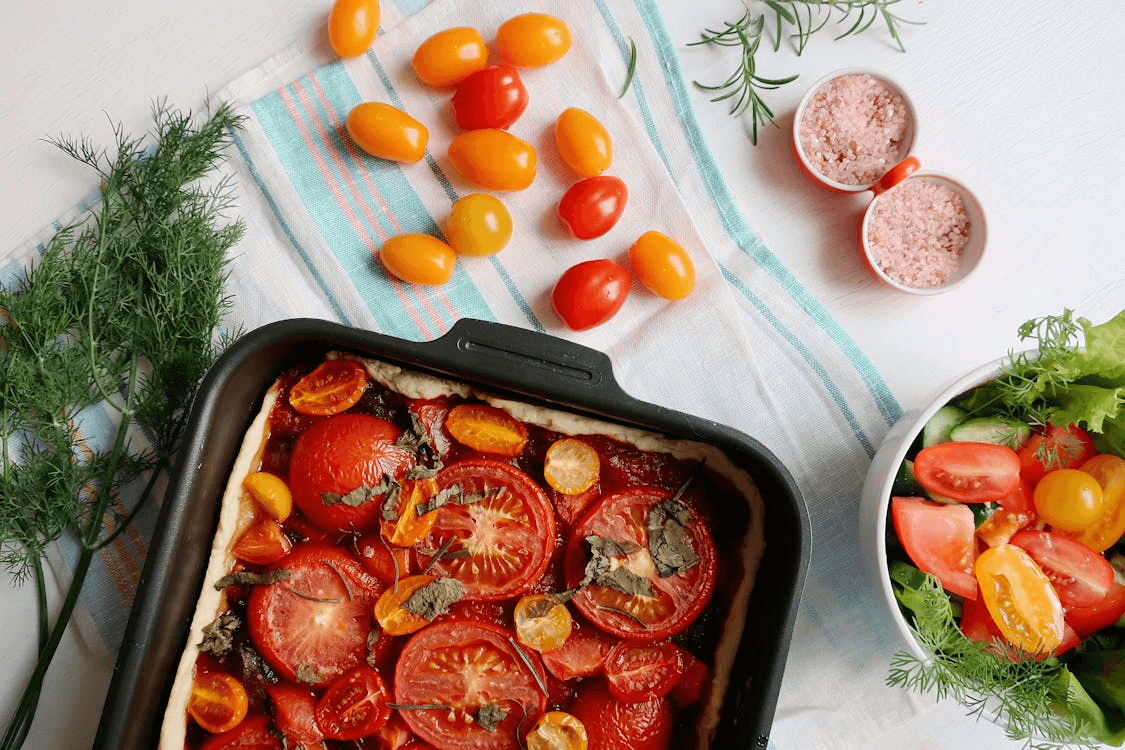
Onions and garlic
Onions and garlic are both part of the allium family, which also includes leeks, shallots, and chives. Not only are they full of flavour, but they're really versatile and super-healthy. They can be eaten braised, stir-fried, boiled, roasted, or raw (though your friends might complain if you eat too much raw garlic!). Alliums are full of prebiotic fibres which your good gut bacteria love to feast on, helping to support your gut health and overall digestion. They also contain B vitamins, vitamin C, and minerals including zinc, copper, manganese, potassium, calcium, and phosphorus(11,12). Their hidden superpower is a type of antioxidant called flavonoids - these are present in all onions and garlic, but particularly abundant in red and yellow onions, giving them their rich colours. As well as being powerful antioxidants, these substances have been shown to have anticancer, anti-diabetic, cardioprotective, neuro-protective, and antimicrobial properties(13). Wow!
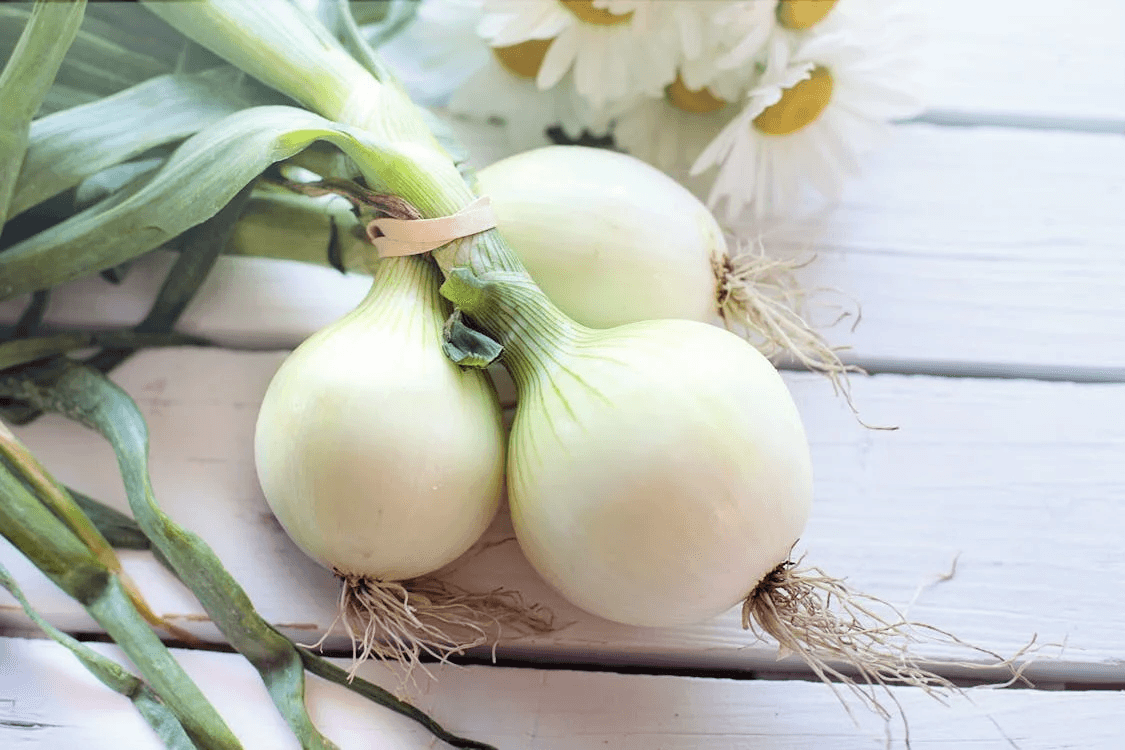
Rhubarb
Although it's often used like a fruit in desserts, rhubarb is a vegetable. It is very hardy and was a popular homegrown vegetable in the UK, but it was originally imported here from China, where rhubarb had been used as a medicinal plant for thousands of years. It's very nutritious, containing good amounts of immune-boosting vitamin C(3), vitamin K1 for blood and bone health(8) and folate, as well as fibre for gut and heart health(14). It also contains malic acid, which is believed to increase energy levels(15). That makes it a great choice to start your day.
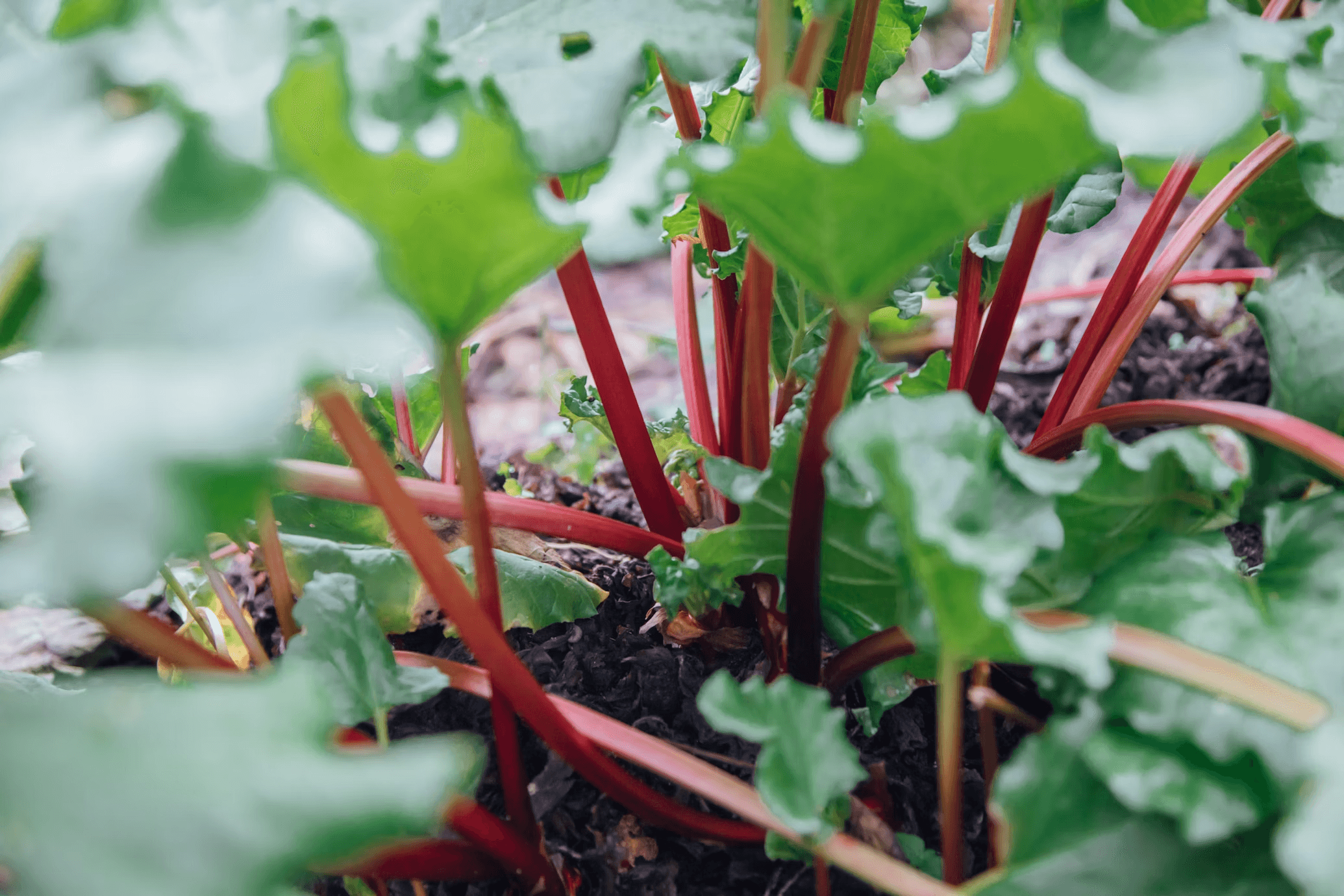
Celery
Celery often gets a bad rep, being associated with limp salads and boring diet food. It is certainly low in calories and high in fibre, which makes it a good choice for a healthy snack on a weight loss diet; however, there's much more to this enigmatic vegetable. The whole plant, including the seeds, can be used in cooking, and it can be eaten raw or cooked in a variety of ways. It adds a delicious flavour and lots of nutrients(16), including immune-boosting(3) vitamin C, and beta carotene which converts to vitamin A, an all-important nutrient for immune function and vision(1). Celery also contains a number of minerals including magnesium, which helps boost energy and supports cardiovascular, bone, and metabolic health(17),and manganese which helps support bone and tissue health(18).
This pale but interesting veggie packs a powerful array of antioxidants and phytonutrients, and this impressive nutritional profile is believed to bestow celery with anti-inflammatory, anti-cancer, antiviral and and antifungal properties, as well as benefits for blood glucose balance.(19)
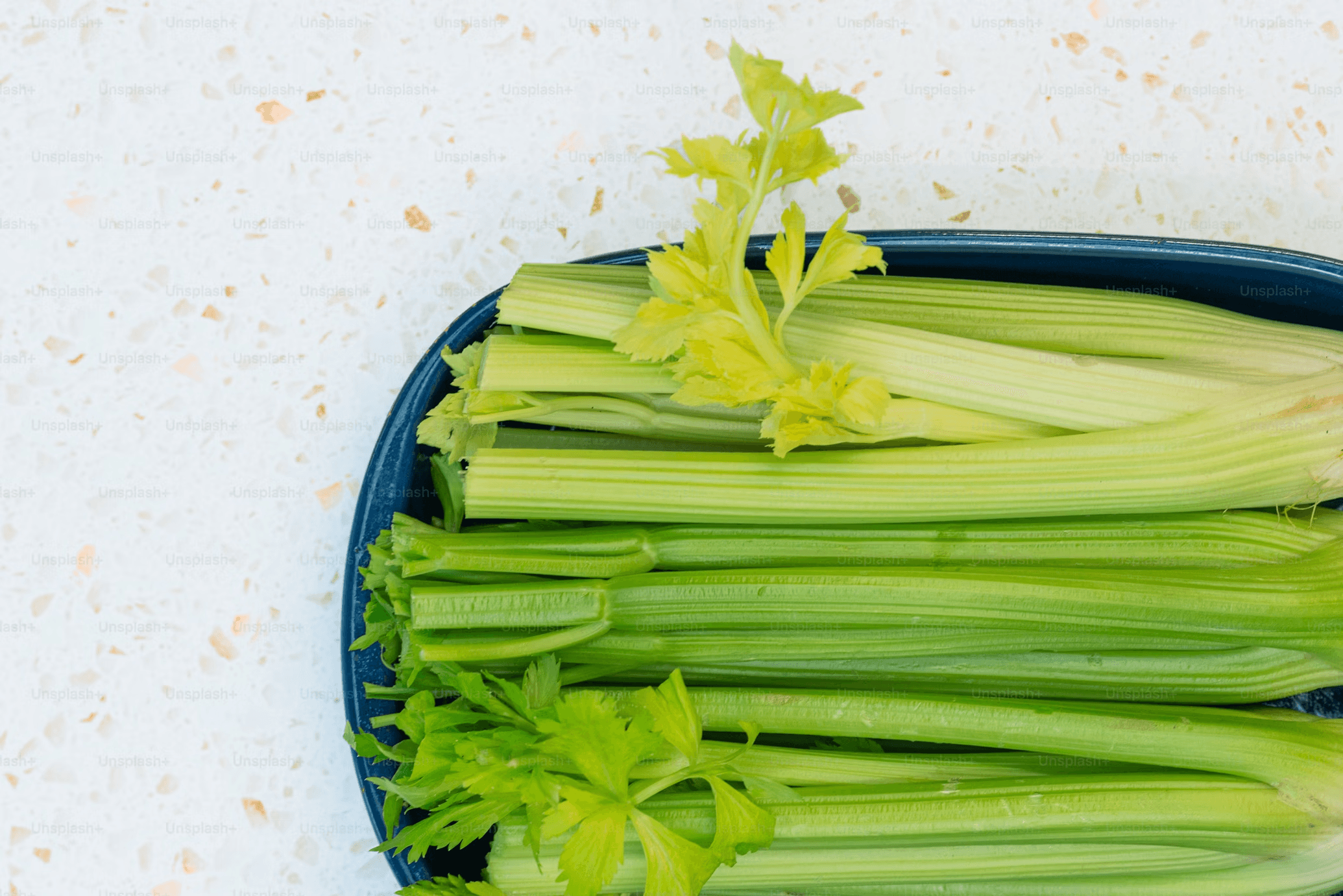
Green and runner beans
Green beans are also known as French beans, snap beans, or string beans. They're a cook's favourite, being equally at home in stir fries, Thai curries, Mediterranean classics, or next to a Sunday roast. These little veggies are low in carbohydrates but high in nutrients! (20) They're a really good source of both soluble and insoluble fibre - read our related article to find out more about the benefits of fibre. A generous 100g portion will provide around 8% of your daily vitamin C intake to help support your immune system(3), and help absorb iron, which you will also find in beans, along with other minerals such as potassium, phosphorus and calcium to support bone health (21). They're also a great source of B vitamins, especially vitamin B9 (folate) - 100 g will provide 12% of your recommended daily intake to help maintain body cells. Notable levels of copper, manganese, and zinc complete the impressive nutritional profile of green beans and, as an added bonus, there's also a couple of grams of protein in every 100g.
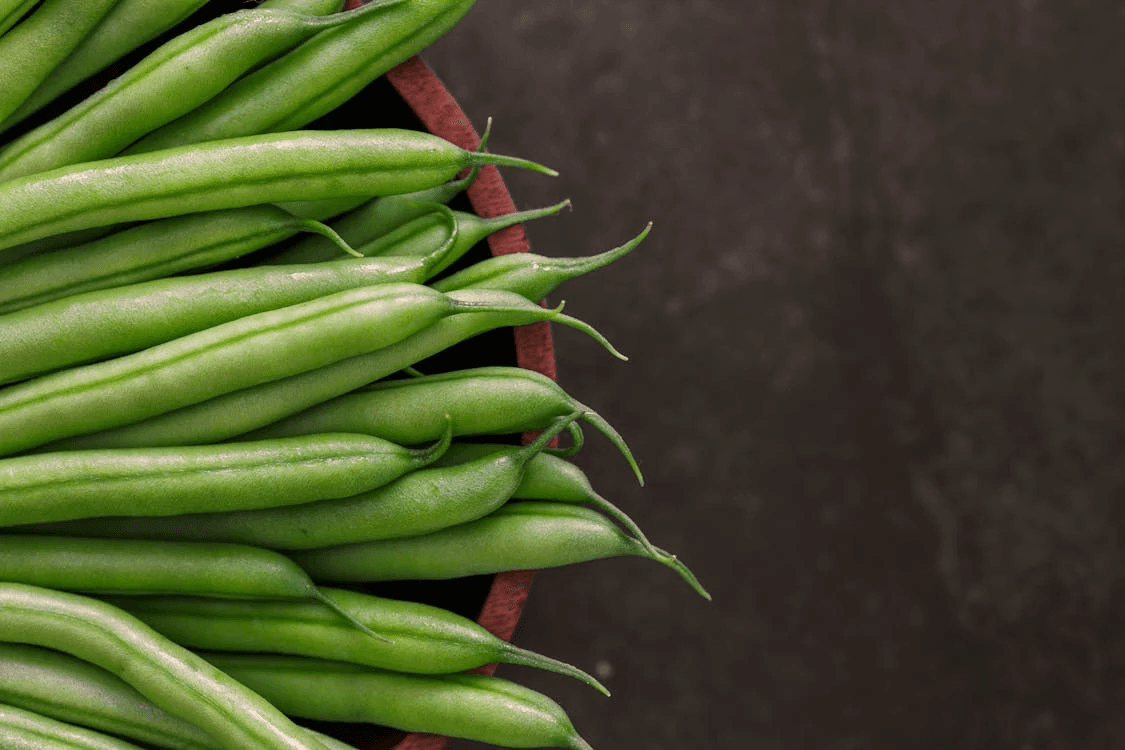
Peppers
If you want to put some colour into your food, then vibrant peppers are a great choice! Like tomatoes, bell peppers are really a fruit, though we use them as vegetables. They have a wonderful, sweet flavour and can be eaten raw, roasted, stir fried, steamed or any way you want! They come in a variety of bright colours: green, yellow, red, and orange. Green peppers are actually unripe, but are still edible and just as nutritious.
What you may not know is that the pigments which give bell peppers their vivid colours are also powerful antioxidants, such as capsanthin which is in red peppers and violaxanthin in yellow bell peppers. Lutein and zeaxanthin are orange and yellow pigments in peppers and other coloured fruit and vegetables, which have been shown to offer benefits for eye health(22). In addition to these super-nutrients, bell peppers also contain fibre, iron, potassium, and some calcium and phosphorus, but their vitamin C content is another hidden superpower - it's off the charts! One small 100g red pepper contains a whopping 190% of your daily vitamin C! (23)
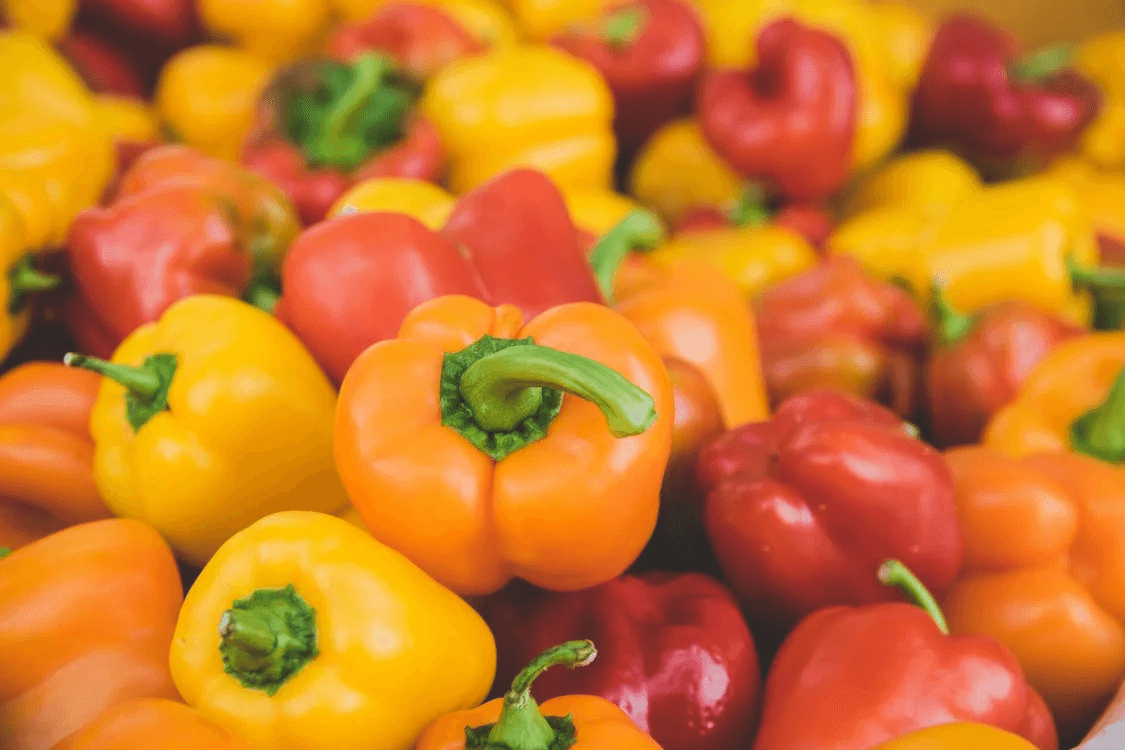
These are just a few of the delicious veggies that our chefs have included in our sensational spring and summer menu. Our meals are all bursting with flavour and goodness - check out the full range of our current menu options here.
If you enjoyed this article, read these other related articles on our blog:
Study reveals you can save time and money with a meal prep subscription
How to get enough protein as a vegetarian
Our Autumn Winter Veg Selection
How to lose, gain, and maintain with Prep Kitchen
References:
Sajovic J, Meglic A, Glavac D, Markelj S, Hawlina M, Fakin A. (2022) The Role of Vitamin A in Retinal Diseases. Int J Mol Sci. 2022 Jan 18;23(3):1014. doi: 10.3390/ijms23031014. PMID: 35162940; PMCID: PMC8835581.
Nutrition facts for raw carrot https://tools.myfooddata.com/nutrition-facts/170393/100g/1
Carr AC, Maggini S. (2017) Vitamin C and Immune Function. Nutrients. Nov 3;9(11):1211. doi: 10.3390/nu9111211. PMID: 29099763; PMCID: PMC5707683.
Ware LJ, Charlton K, Schutte AE, Cockeran M, Naidoo N, Kowal P. Associations between dietary salt, potassium and blood pressure in South African adults: WHO SAGE Wave 2 Salt & Tobacco. Nutr Metab Cardiovasc Dis. 2017 Sep;27(9):784-791. doi: 10.1016/j.numecd.2017.06.017. Epub 2017 Jul 8. PMID: 28800936.
Aburto NJ, Hanson S, Gutierrez H, Hooper L, Elliott P, Cappuccio FP. Effect of increased potassium intake on cardiovascular risk factors and disease: systematic review and meta-analyses. BMJ. 2013 Apr 3;346:f1378. doi: 10.1136/bmj.f1378. PMID: 23558164; PMCID: PMC4816263.
Sharma KD, Karki S, Thakur NS, Attri S. (2012) Chemical composition, functional properties and processing of carrot-a review. J Food Sci Technol. Feb;49(1):22-32. doi: 10.1007/s13197-011-0310-7. Epub 2011 Mar 18. PMID: 23572822; PMCID: PMC3550877.
Miglio C, Chiavaro E, Visconti A, Fogliano V, Pellegrini N. (2008) Effects of different cooking methods on nutritional and physicochemical characteristics of selected vegetables. J Agric Food Chem. Jan 9;56(1):139-47. doi: 10.1021/jf072304b. Epub 2007 Dec 11. PMID: 18069785.
Bolton-Smith C, McMurdo ME, Paterson CR, Mole PA, Harvey JM, Fenton ST, Prynne CJ, Mishra GD, Shearer MJ. (2007) Two-year randomized controlled trial of vitamin K1 (phylloquinone) and vitamin D3 plus calcium on the bone health of older women. J Bone Miner Res. Apr;22(4):509-19. doi: 10.1359/jbmr.070116. PMID: 17243866.
Khan UM, Sevindik M, Zarrabi A, Nami M, Ozdemir B, Kaplan DN, Selamoglu Z, Hasan M, Kumar M, Alshehri MM, Sharifi-Rad J. (2021) Lycopene: Food Sources, Biological Activities, and Human Health Benefits. Oxid Med Cell Longev. 2021 Nov 19;2021:2713511. doi: 10.1155/2021/2713511. PMID: 34840666; PMCID: PMC8626194.
Dewanto V, Wu X, Adom KK, Liu RH. (2002) Thermal processing enhances the nutritional value of tomatoes by increasing total antioxidant activity. J Agric Food Chem. May 8;50(10):3010-4. doi: 10.1021/jf0115589. PMID: 11982434.
Nutrition facts for cooked onions https://tools.myfooddata.com/nutrition-facts/170001/100g/1
Nutrition facts for cooked garlic https://tools.myfooddata.com/nutrition-facts/788278/wt1/1
Kothari D, Lee WD, Kim SK (2020). Allium Flavonols: Health Benefits, Molecular Targets, and Bioavailability. Antioxidants (Basel). Sep 19;9(9):888. doi: 10.3390/antiox9090888. PMID: 32961762; PMCID: PMC7555649.
Nutrition facts for cooked rhubarb https://tools.myfooddata.com/nutrition-facts/78674...
Russell IJ, Michalek JE, Flechas JD, Abraham GE. (1995) Treatment of fibromyalgia syndrome with Super Malic: a randomized, double blind, placebo controlled, crossover pilot study. J Rheumatol. May;22(5):953-8. PMID: 8587088.
Nutrition facts for cooked celery https://tools.myfooddata.com/nutrition-facts/16998...
Schwalfenberg GK, Genuis SJ. (2017) The Importance of Magnesium in Clinical Healthcare. Scientifica (Cairo).2017:4179326. doi: 10.1155/2017/4179326. Epub 2017 Sep 28. PMID: 29093983; PMCID: PMC5637834.
Rondanelli M, Faliva MA, Peroni G, et al. (2021) Essentiality of Manganese for Bone Health: An Overview and Update. Natural Product Communications. 16(5). doi:10.1177/1934578X21101664
Kooti W, Daraei N. A Review of the Antioxidant Activity of Celery ( Apium graveolens L). (2017) J Evid Based Complementary Altern Med. Oct;22(4):1029-1034. doi: 10.1177/2156587217717415. Epub 2017 Jul 13. PMID: 28701046; PMCID: PMC5871295.
Nutrition facts for cooked green beans, https://tools.myfooddata.com/nutrition-facts/169141/100g/1
Institute of Medicine (US) Committee to Review Dietary Reference Intakes for Vitamin D and Calcium; Ross AC, Taylor CL, Yaktine AL, et al., editors. Dietary Reference Intakes for Calcium and Vitamin D. Washington (DC): National Academies Press (US); 2011. 2, Overview of Calcium. Available from: https://www.ncbi.nlm.nih.gov/books/NBK56060/
Mrowicka M, Mrowicki J, Kucharska E, Majsterek I. (2022) Lutein and Zeaxanthin and Their Roles in Age-Related Macular Degeneration-Neurodegenerative Disease. Nutrients. 2022 Feb 16;14(4):827. doi: 10.3390/nu14040827. PMID: 35215476; PMCID: PMC8874683.
Nutrition facts for cooked red pepper. https://tools.myfooddata.com/nutrition-facts/17010...




